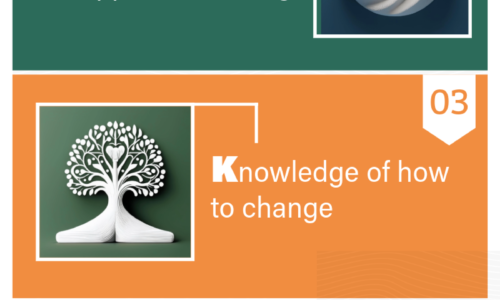
Leader Toolbox – How and When to use Mirroring in Your Communication
As a leader, your ability to communicate effectively is one of your most valuable assets. Among the many techniques that can enhance your communication skills, mirroring stands out as a powerful tool. When used correctly, it can help you build rapport, foster trust, and facilitate smoother interactions with your team. But like any tool, it needs to be used with finesse to avoid potential pitfalls. In this post, we’ll explore the importance of mirroring in leadership communication, discuss its advantages, and provide practical examples of how to use it effectively.
What is Mirroring?
Mirroring involves subtly mimicking the behavior, speech patterns, or body language of the person you’re interacting with. It’s not about copying someone in an obvious or mocking way; rather, it’s about reflecting certain behaviors back to the person to create a sense of connection and understanding. This technique taps into the psychology of human behavior, where we naturally tend to like people who are similar to us. When used with empathy and awareness, mirroring can make others feel heard and understood, which is crucial for effective leadership.
Why is Mirroring Important for Leaders?
As a leader, your goal is to create an environment where your team feels valued and understood. Here’s why mirroring is a key tool in achieving that:
- Builds Rapport: Mirroring can help create an immediate connection with others. When your team members feel that you are in sync with them, they are more likely to open up, share ideas, and collaborate effectively.
- Enhances Trust: People are more inclined to trust those who they perceive as being similar to themselves. By mirroring, you can reduce barriers and foster a sense of trust and safety within your team.
- Improves Communication: Mirroring can also help clarify and reinforce messages during conversations. When you reflect someone’s body language or speech patterns, it signals that you are engaged and attentive, leading to more effective and clear communication.
- Facilitates Conflict Resolution: In tense situations, mirroring can be used to de-escalate conflicts by showing empathy and understanding. By aligning your demeanor with that of the other person, you can create a more conducive atmosphere for resolving differences.
When to Use Mirroring
Mirroring is particularly effective in the following scenarios:
- Building New Relationships: When meeting someone for the first time, subtle mirroring can help establish rapport and make a positive first impression.
- Team Meetings: During group discussions, mirroring can help you connect with different team members, ensuring that everyone feels included and understood.
- One-on-One Conversations: Whether you’re giving feedback or discussing sensitive topics, mirroring can help ease tensions and create a supportive environment.
Practical Examples of Mirroring
Here’s how you can implement mirroring in your leadership interactions:
- Body Language: If a team member is leaning forward and speaking passionately about a project, you might lean in slightly as well, showing that you are equally engaged and interested. However, be cautious not to overdo it—your gestures should feel natural and not forced.
- Tone of Voice: If someone is speaking softly and thoughtfully, match their tone to convey empathy and understanding. Conversely, if a team member is excited and energetic, raising your energy level can help you match their enthusiasm.
- Pacing: Match the speed at which the other person is speaking. If they are talking quickly due to excitement, you can increase your pace slightly. If they are speaking slowly and deliberately, adjust your pace to match theirs.
The Nuances: Avoiding Common Pitfalls
While mirroring can be incredibly effective, it can also backfire if not done correctly. Here are some common mistakes to avoid:
- Being Too Obvious: If your mirroring is too direct or exaggerated, it can come across as insincere or even mocking. The key is subtlety—small adjustments in your behavior can have a big impact.
- Mirroring Negative Behaviors: Be cautious about mirroring negative body language, such as crossed arms or a defensive posture. Instead, aim to guide the interaction towards more open and positive body language.
- Ignoring Cultural Differences: Body language and communication styles can vary widely across cultures. What might be perceived as a friendly gesture in one culture could be seen as intrusive or disrespectful in another. Be mindful of these differences and adjust your approach accordingly.
Incorporate mirroring into your leadership toolbox, and watch how it transforms your interactions and strengthens your team dynamics. By using this technique thoughtfully, you can build stronger relationships, foster trust, and create a more collaborative and positive work environment. Like any skill, mastering mirroring takes practice and awareness, but the benefits are well worth the effort.
AIG




